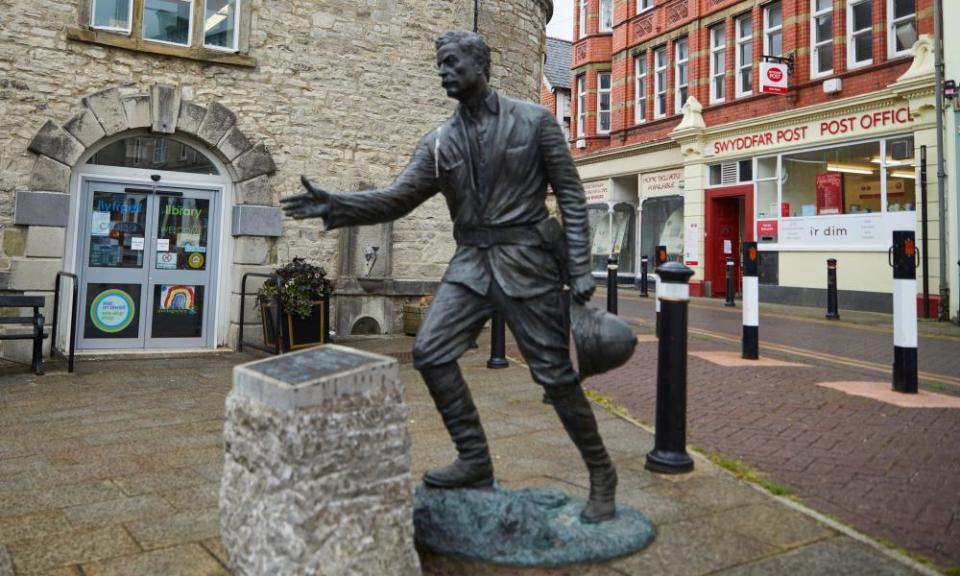More than 200 public tributes connected to slave trade found in Wales

More than 200 statues, street names and buildings in Wales have been identified as being connected to the slave trade, and many of the figures represented are shown as role models.
An audit commissioned in July by the first minister of Wales, Mark Drakeford, following the Black Lives Matter protests, identifies 13 monuments, buildings or street names commemorating people who took part in the African slave trade.
That group includes the Elizabethan explorer Sir Francis Drake, who has three streets named after him, and Robert Clive, the first British governor of Bengal, who is commemorated by one street.
The report found 56 commemorated people who had owned or directly benefited from plantations or mines worked by the enslaved; 120 individuals represented who opposed the abolition of slavery; and 20 people accused of crimes against black people, notably in colonial Africa.
The report describes the slave trade and colonial exploitation as being “embedded in the nation’s economy and society”, and noted that very few of the commemorations were accompanied by interpretation.
“The figures in question appear to be presented solely as heroes or role models – as may originally have been intended – rather than representatives of challenging aspects of the past or changed attitudes and values,” says the report, which does not advise on steps forward.
Gaynor Legall, who led the audit, said she would like to see the full stories told about the people portrayed by the statues. “Some could be moved to museums so people can see the links. I don’t see the point of destroying things, there’s enough death and destruction around as it is.”
Legall said she had been surprised by the number of people with slave trade connections who had been commemorated. “I didn’t know the extent of it. Lots of things are taken for granted and I learned that the slave trade touched every part of Wales.”
Drakeford said the audit provided evidence which helped establish “an honest picture of our history”, adding: “This is not about rewriting our past or naming and shaming. It is about learning from the events of the past. It is an opportunity for us to establish a mature relationship with our history and find a heritage which can be shared by us all.
“This is the first stage of a much bigger piece of work which will consider how we move forward with this information as we seek to honour and celebrate our diverse communities.”
The report also highlights how few Welsh people of black or Asian heritage are commemorated. Another strand highlights the existence of commemorations of anti-slavery activists, such as a statue in Tregaron, Ceredigion, of the nonconformist minister Henry Richard.

 Yahoo Movies
Yahoo Movies 